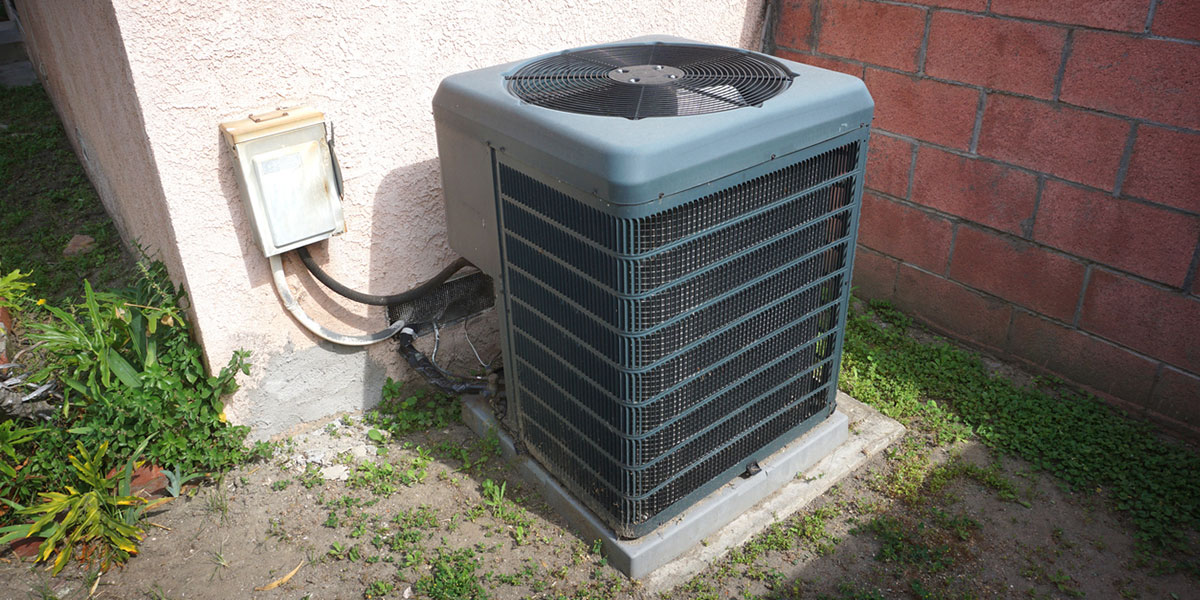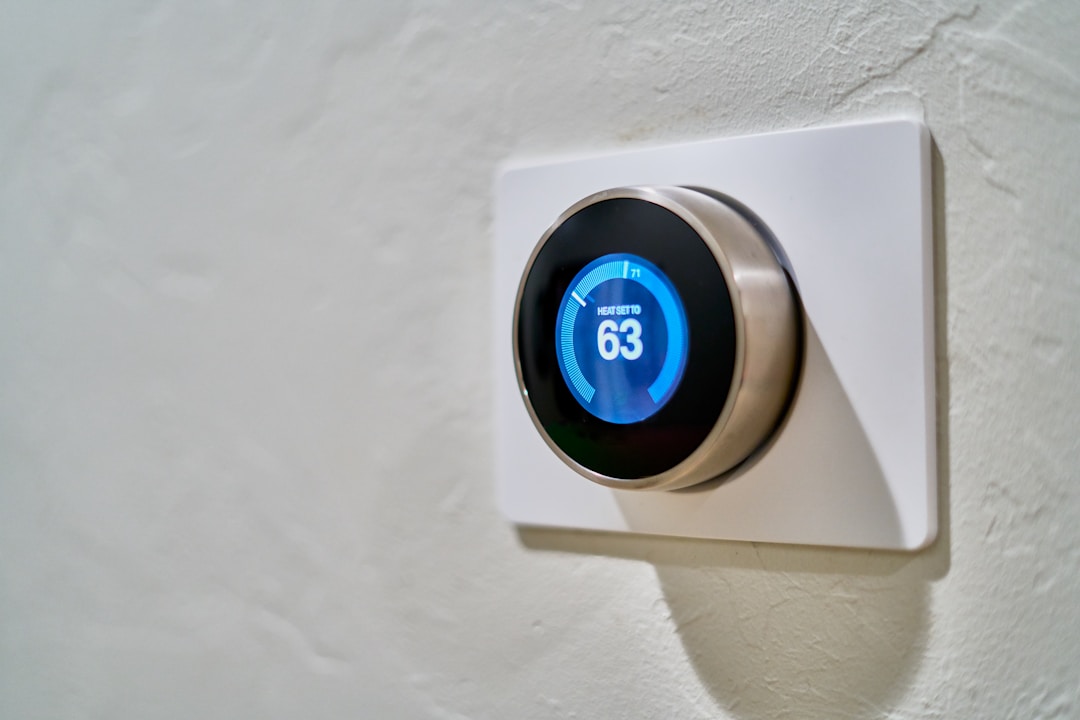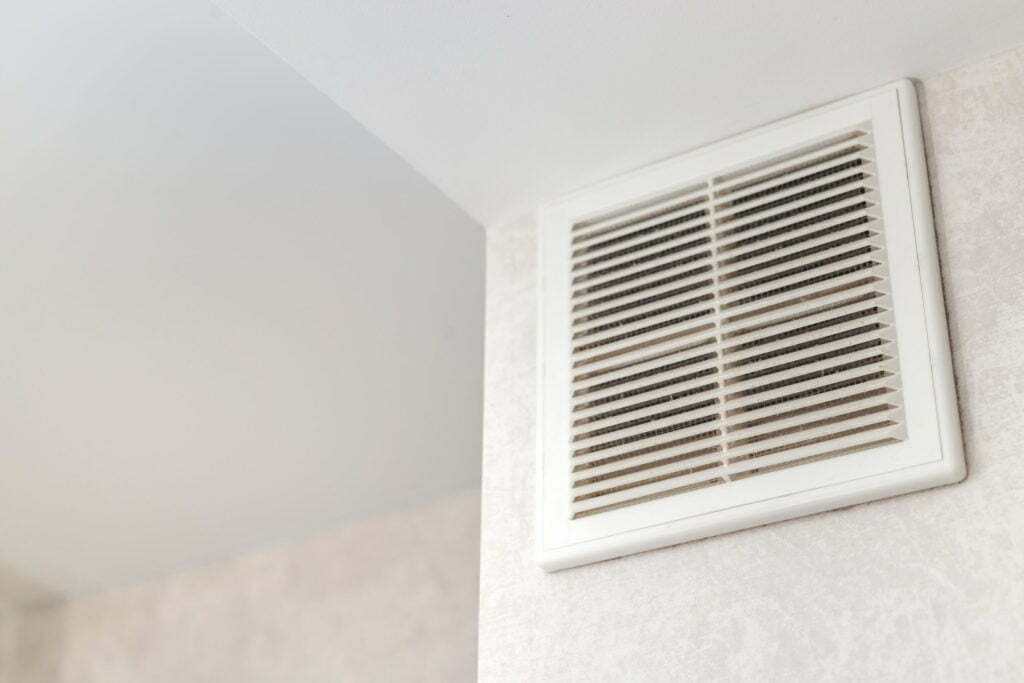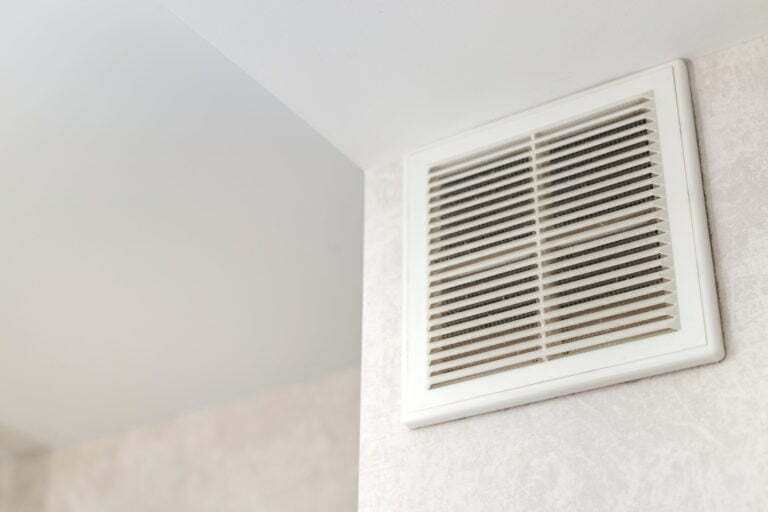Since the 1970s, central air conditioning systems have become one of the most popular ways to cool homes. A central air system can provide comfort and convenience to every room in your home through the use of a single system and control. Relying on a complex equipment system, ductwork, and electronics, your air conditioning uses several elements to cool your home.
From the ductwork and thermostat to the condenser and evaporator units, your system works together to ensure your comfort. Let’s take a closer look at the components of central air conditioning system.
Evaporator Unit
A key piece of equipment making up your air conditioner is the evaporator unit. Inside your home, the air conditioner’s evaporator draws air across the evaporator coil. This coil contains the refrigerant that absorbs the heat from your indoor air to cool it. Once the air has been cooled, it is forced through air ducts by the air handler. If you have a central furnace, the two pieces of equipment will share the same air handler. After absorbing the heat and cooling the air, the refrigerant is sent outside to your condenser unit to dispose of the heat.
Your evaporator will need to be cleaned by an HVAC professional as part of your annual service visit. Additionally, homeowners should regularly change out their air filters to keep the system clean and free from excessive dirt and dust. Proper care will help reduce the strain on your system and improve airflow.
Condenser Unit

Aside from the evaporator, the outdoor condenser is the other essential unit. The condenser is housed inside a metal container surrounded by coils or fins to direct airflow. Condensers are usually located on a concrete slab beside your home. When heat is removed from your home, it is absorbed by the refrigerant and sent to the condenser. The condenser releases the heat outside and sends the refrigerant back inside to repeat the process.
The best way to keep your condenser working properly is to clean the area around the unit to keep it free from bushes, weeds, and other things that could restrict airflow. You can also use your garden hose to gently clean the fins on the unit or have an HVAC technician perform this task during your annual service appointment.
Ductwork
Central air conditioning systems rely on a network of air ducts located throughout your walls, ceilings, and floors to deliver air. Cooled air is forced into a central duct by the air handler, which branches out into other pieces of ductwork around your home. Ducts end at air registers or vents with adjustable grilles that can be opened or closed to control airflow.
Your ductwork needs to be inspected annually to ensure that it is properly sealed and free from any holes or damaged seams. Leaky air ducts can account for significant air loss and increased energy bills. Additionally, it is estimated that the ductwork system collected several pounds of dirt, dust, pet dander, and other debris throughout the year. It could prove to be beneficial for your indoor air quality and the efficiency of your system to have your ducts cleaned out occasionally.
Thermostat

While your air conditioning system works together to deliver cool, comfortable air, the thermostat is the director of the show, determining when to cool your home. The thermostat is the control center for your home’s central cooling system. Based on your desired temperature setting, your thermostat calls for air conditioning when it senses temperature differences in your home. It is important to maintain your thermostat to ensure that the batteries and wiring are working properly.
Your air conditioning system includes a lot of moving parts and components that must work together to cool your home. It is important that you maintain and care for these parts to ensure the health of your system. Regular annual HVAC service will go a long way toward preserving the lifespan and efficiency of your equipment.





